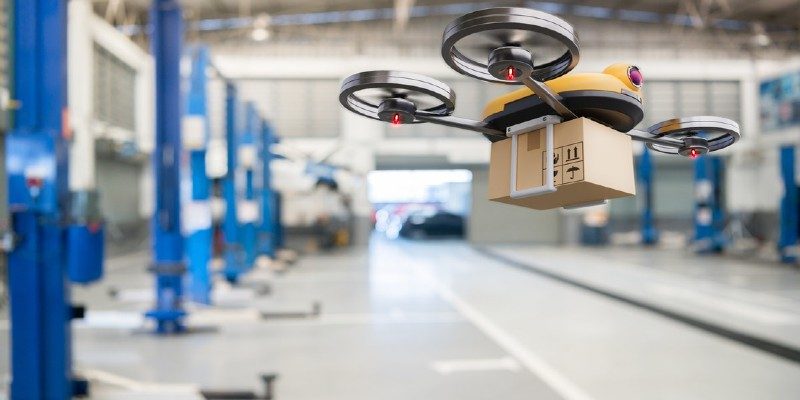Frost & Sullivan’s recent analysis, Global Commercial UAS Outlook, 2021, finds that autonomy and artificial intelligence (AI) promote commercial unmanned aerial system (UAS) adoption and associated market growth globally. Autonomous flight reduces workforce costs, whereas AI-driven data collection and processing shorten the time it takes to produce results, directly impacting decision-making. The global commercial UAS platform market is expected to reach $22.28 billion by 2025 from $9.43 billion in 2020, registering strong growth at a compound annual growth rate (CAGR) of 18.8%. Additionally, COVID-19 will positively impact the commercial UAS market as the pandemic-triggered safety concerns will push the drone adoption rate across industries, thereby reducing human contact to minimize the transmission of COVID-19.
The willingness of many countries to relax drone-related restrictions or quickly grant waivers for their use has resulted in increased and accelerated awareness about the benefits that drones can offer in delivering a wide range of medicines and goods, especially in areas where infrastructure is lacking,” said Michael Blades, VP Research, Aerospace & Defense Practice, Frost & Sullivan. “This will encourage companies that supply products and technologies enabling a drone delivery ecosystem to look for strategic partnerships and work with national aviation authorities to advance rulemaking.”
Blades added: “As the commercial UAS market transitions to a steady growth market, the trend of accelerating mergers and acquisitions (M&A) will continue throughout 2021. Further, consolidation will focus on developing vertically integrated hardware or end-to-end software solutions
Market participants should try to capitalize on the following growth prospects:
Software and Hardware that Improve Autonomous Flight and Data Processing: Drone original equipment manufacturers (OEMs) should work with partners to ensure they have software and sensors integrated into their platforms that provide robust collision and obstacle avoidance when conducting automated flight plans/profiles.
Drones for Delivering Consumer Goods and Food: Drone OEMs should work with civil aviation authorities to ensure their platforms meet airworthiness requirements, which will eventually permit them to fly autonomously beyond visual line of sight (BVLOS) missions.
Providing Drone Hardware and Software that Enable Highly Accurate Inspections: Companies should maximize imaging and data collection stability by centering them on autonomy, precise control of the platforms/sensors, and the ability to carry advanced camera and sensor payloads.






